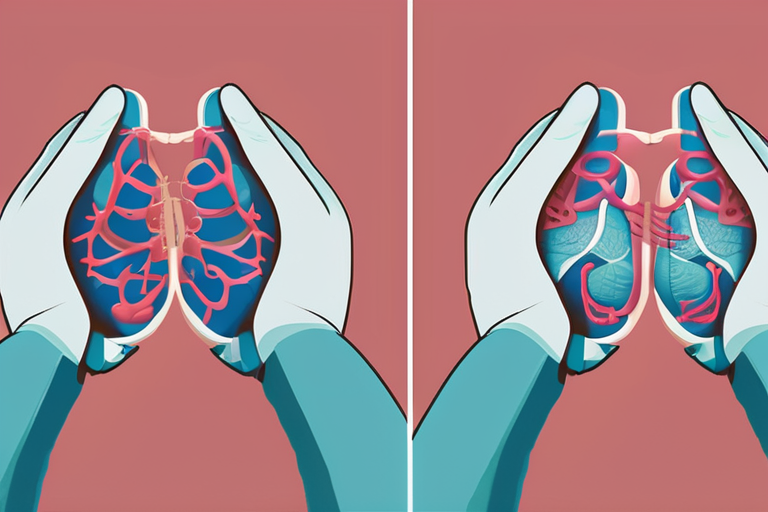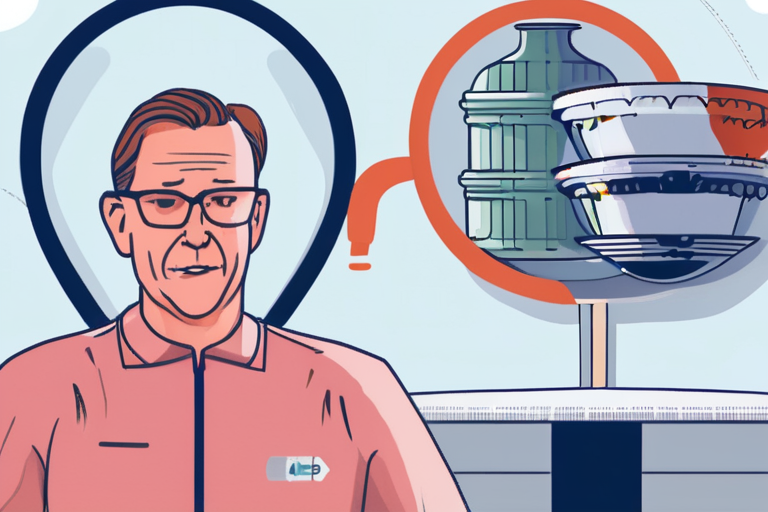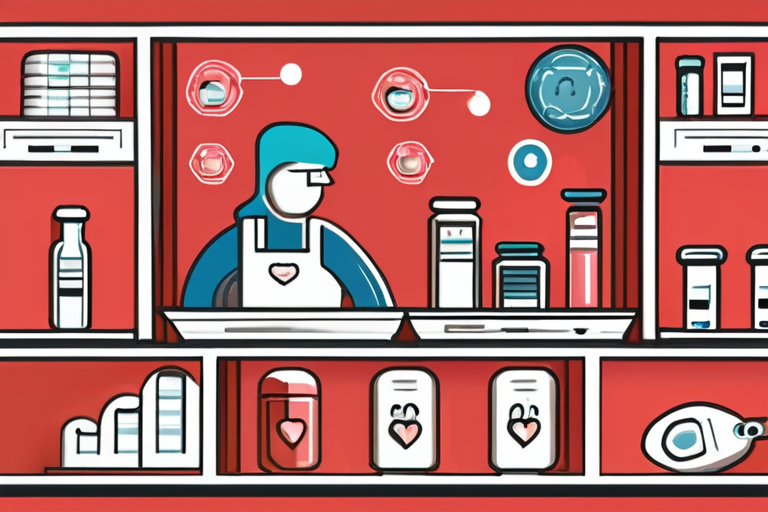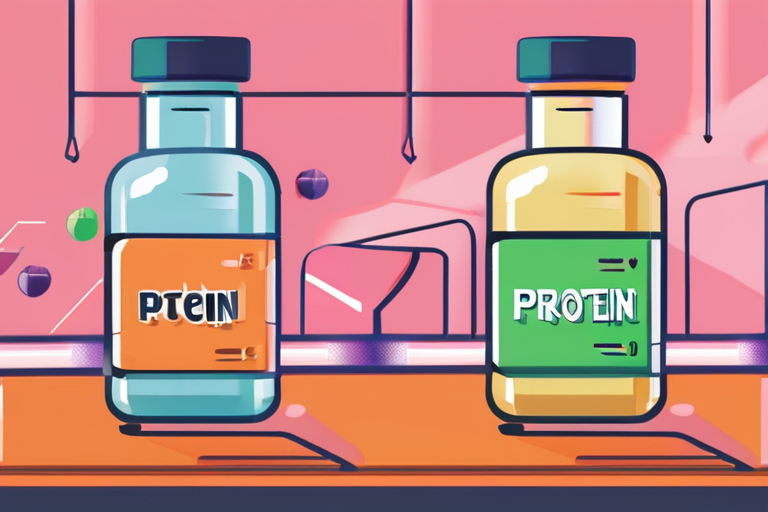The meteoric rise of glucagon-like peptide-1 (GLP-1) treatments has sent shockwaves through the pharmaceutical industry, with Novo Nordisk and Eli Lilly at the forefront of this lucrative trend. The U.S. approval of Novo Nordisk's anti-obesity drug Wegovy and Eli Lilly's Zepbound has fueled the growth of both companies, with the global GLP-1 market projected to reach $20.5 billion by 2027, up from $4.3 billion in 2020.
According to a report by ResearchAndMarkets.com, the GLP-1 market is expected to grow at a compound annual growth rate (CAGR) of 26.3% from 2022 to 2027, driven by the increasing prevalence of obesity and type-2 diabetes worldwide. The global obesity rate has more than tripled since 1975, with over 39% of adults now classified as overweight or obese, according to the World Health Organization (WHO).
The approval of Wegovy and Zepbound has not only boosted the financial performance of Novo Nordisk and Eli Lilly but also shed light on the potential of GLP-1 treatments to address broader health concerns. Top scientists from both companies have suggested that regular intake of GLP-1s may reduce the incidence of age-related diseases, including central nervous system disorders, liver disease, and kidney disease.
Alex Zhavoronkov, the founder and CEO of Insilico Medicine, stated at the Fortune Innovation Forum in Kuala Lumpur, Malaysia, that GLP-1s could be the first true longevity drug. This assertion is backed by research indicating that GLP-1s may have anti-inflammatory and anti-aging properties, which could have significant implications for the treatment of age-related diseases.
The obesity pandemic, as described by Adele Won, is a pressing global health concern, with emerging markets experiencing a significant increase in obesity rates due to growing wealth and changing lifestyles. The WHO estimates that the global obesity rate will continue to rise, with over 50% of adults projected to be overweight or obese by 2030.
The success of GLP-1 treatments has significant business implications for the pharmaceutical industry. Companies that invest in GLP-1 research and development are likely to reap substantial rewards, given the growing demand for effective obesity and type-2 diabetes treatments. However, the industry must also navigate the complexities of regulatory approvals, patent protection, and competition from generic manufacturers.
As the GLP-1 market continues to grow, companies will need to adapt to changing market dynamics and regulatory requirements. The potential of GLP-1s to address broader health concerns, such as longevity and age-related diseases, will require significant investment in research and development. However, the rewards for companies that successfully navigate this landscape could be substantial, with the potential for significant revenue growth and market share expansion.



























Share & Engage Share
Share this article